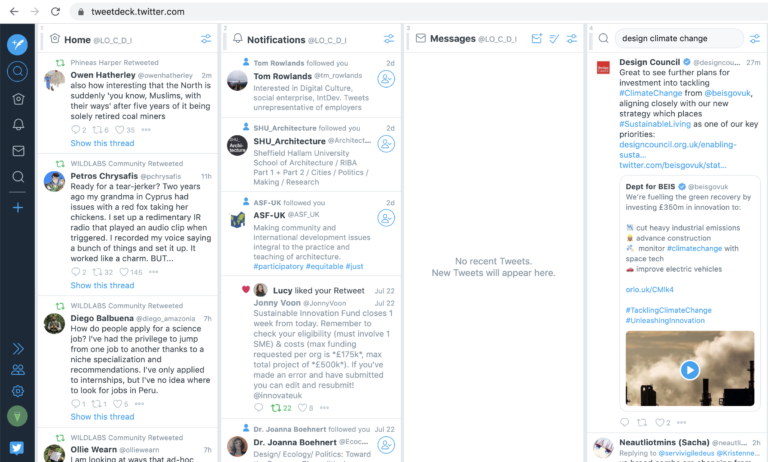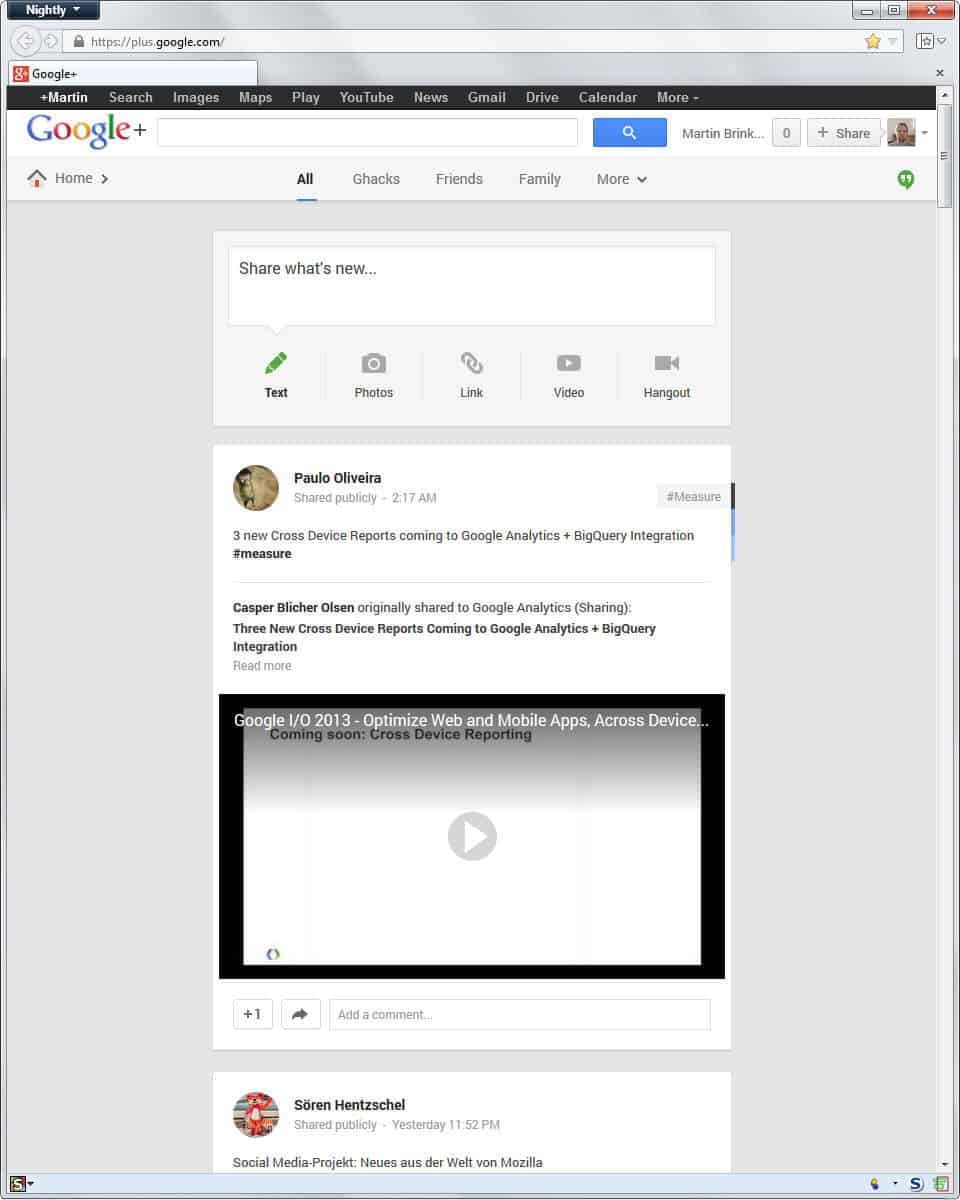
- #TWEETDECK MAKE COLUMNS WIDER FULL#
- #TWEETDECK MAKE COLUMNS WIDER SOFTWARE#
- #TWEETDECK MAKE COLUMNS WIDER BLUETOOTH#
- #TWEETDECK MAKE COLUMNS WIDER WINDOWS#
In its fifth generation, the so-called Ripsaw is set to become the US Army’s first fully autonomous ground vehicle if it passes field tests in the next two years. Giving an old army favorite a robotic renovation Textron Systems Ripsaw M5 by Howe & Howe, Textron Systems, and FLIR Systems Donenfeldĭon’t call the Ripsaw a tank-the stealthy vehicle now runs on battery power and algorithms. WireGuard combines cryptographic techniques with smart coding for a lighter VPN protocol. Getting folks to self-report is a challenge, but with medical resources stretched so thin, it helps to have tech that reminds us to do our part-during this public health crisis and the next. Every step of the process requires user consent, and apps built over the interface block other devices from accessing your personal info. If someone with whom you’ve exchanged beacons reports a positive coronavirus test, the system alerts you so you can get checked yourself.

#TWEETDECK MAKE COLUMNS WIDER BLUETOOTH#
First adopted by European countries like Switzerland and Austria, and now in play in more than 20 US states and territories, the Exposure Notifications System sends a ping every time it senses another phone’s Bluetooth signal, usually within a 6-foot radius. Google and Apple’s application programming interface, a type of device-agnostic code, ducks the biggest Big Brother concerns by directly alerting anyone at risk of infection instead of storing individuals’ locations in a centralized database. So, two of the biggest smartphone makers-and fierce rivals-came up with a solution. But privacy tradeoffs and stigmas abound.

A handful of countries, including Taiwan and Ireland, have curbed COVID-19 with apps that keep tabs this way. Of all the tools missing from the US’s pandemic response, digital contact tracing, which maps the local spread of a virus through the movements and interactions of people who are infected, felt the most within reach. Virginia Department of Health Innovation of the Year: Exposure Notifications System by Apple and Google Virginia launched COVIDWISE, the first US app using the Exposure Notifications System, this summer.
#TWEETDECK MAKE COLUMNS WIDER FULL#
It was a year full of lessons, nuances, and mini revolutions, and we strive to match that with our choices.
#TWEETDECK MAKE COLUMNS WIDER SOFTWARE#
A buildup of angst against ad trackers and app snooping led to major changes in hardware and software alike. In 2020, the world quaked under a global pandemic that took 1.4 million lives, the US saw a rebirth in its civil rights movement, and a spate of record-breaking wildfires forced entire regions to evacuate. Every year, that question gets bigger and bigger. Who gets access? That’s the question that drives every security measure and innovation that’s landed on PopSci’s annual compendium since we launched the category in 2008. The year’s most important developments in the world of security. We can’t wait to see what barriers they break next. Even in months of tumult, engineers, developers, and scientists persevered-and we’re honored to shine the spotlight on their work.

We take every year’s awards very seriously, but this list, our 33rd, is special. (That duo also takes home our highest honor because of it.) Consider this: In 2020, a pair of massive tech rivals banded together, and what they created could change how we fight COVID-and other public health threats we don’t even know about yet. The result is a celebration of ingenuity, what we can accomplish together when challenges both personal and global arise.
#TWEETDECK MAKE COLUMNS WIDER WINDOWS#
Amid an ongoing COVID-19 threat, editors and researchers put on their best pajama pants, logged onto Google Hangouts (BYO peanut butter cups), and evaluated thousands of products and projects from afar to select the Best of What’s New: 100 breakthroughs that are windows onto what we know can be a healthier, happier, more-hopeful future. In 2020, the chatter was the same, but we were different. As we’d weigh the merits of glitzy gadgets and record-breaking rockets, our hands would snag slices from a stack of pizzas, reach for one-too-many diet soda refills, and fling fun-size candies across the room.

Every year since 1988, the PopSci staff has crammed into conference rooms to debate the year’s most important innovations.


 0 kommentar(er)
0 kommentar(er)
